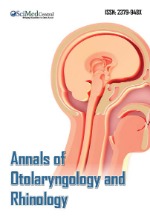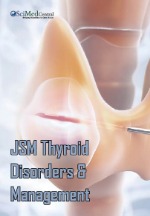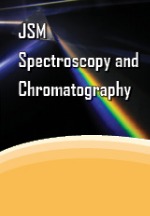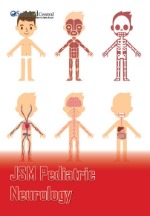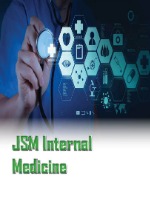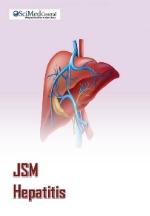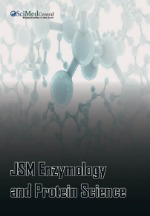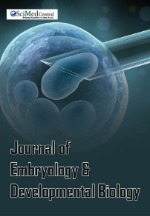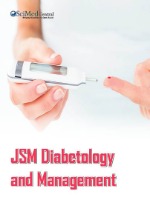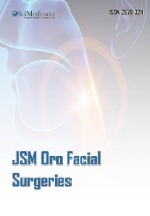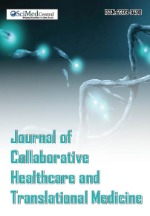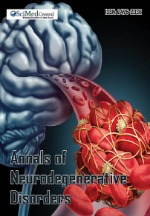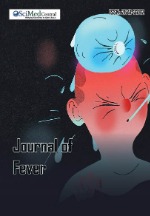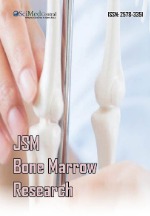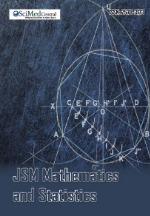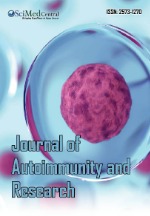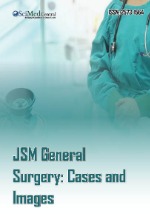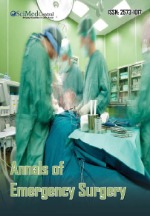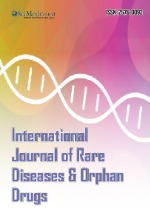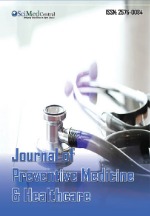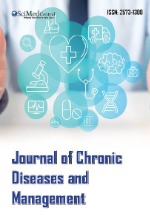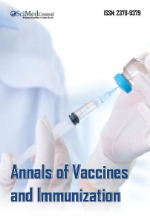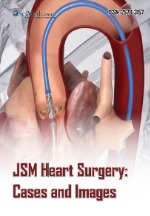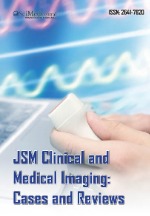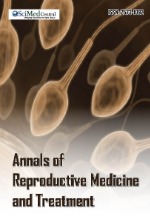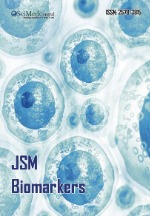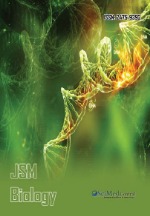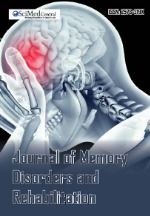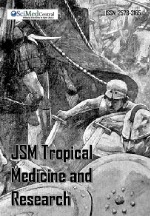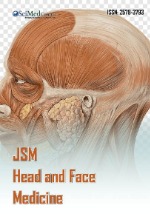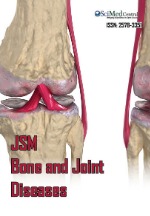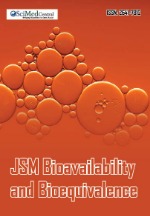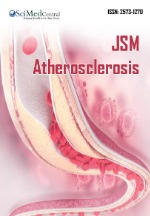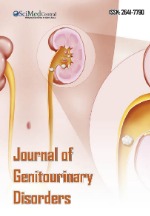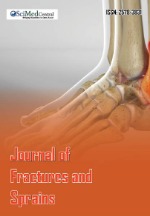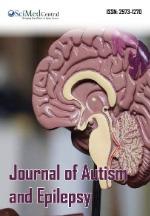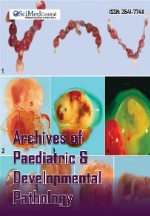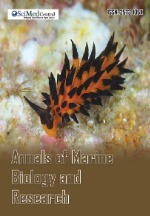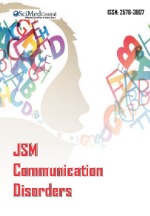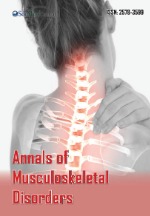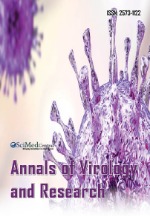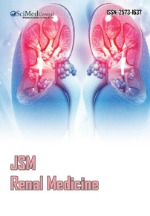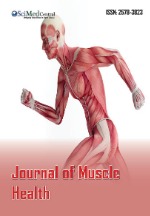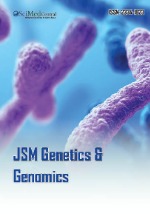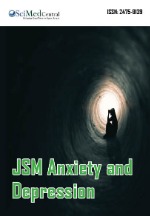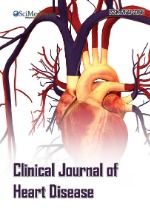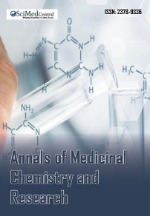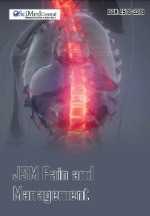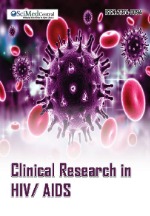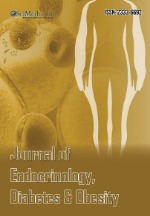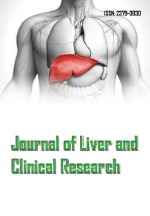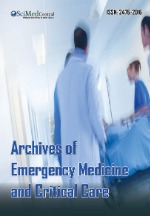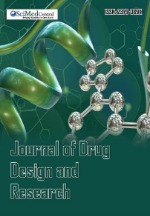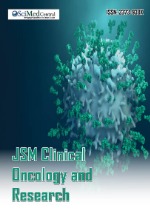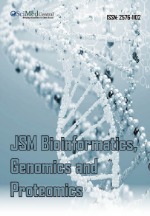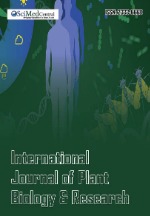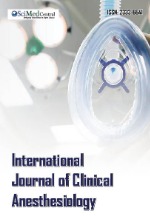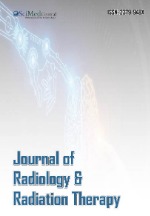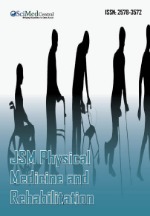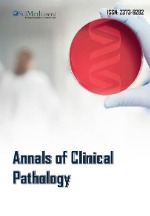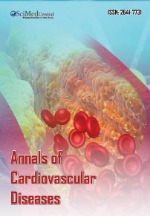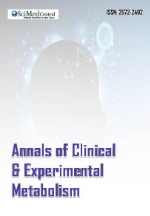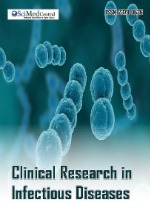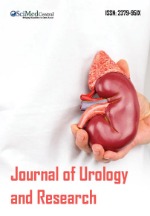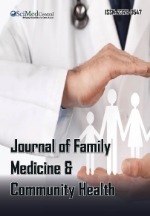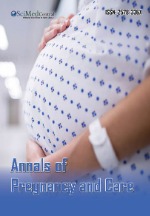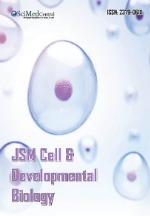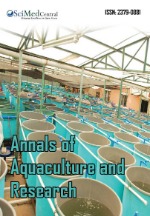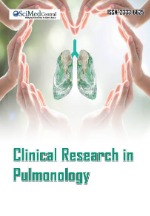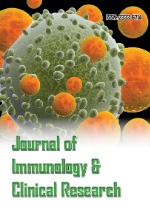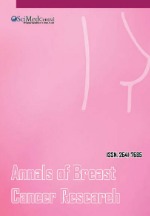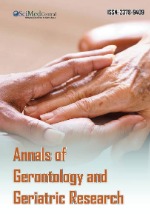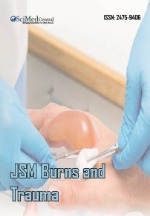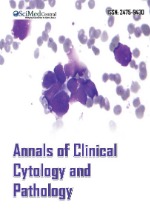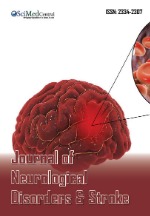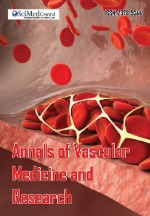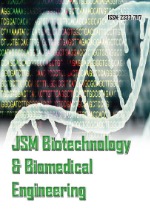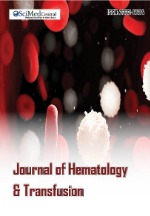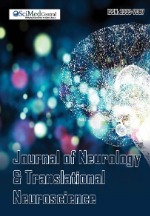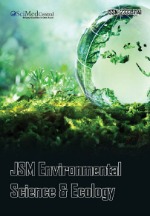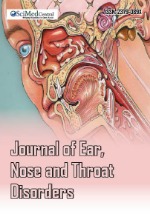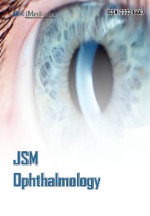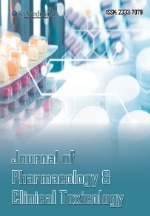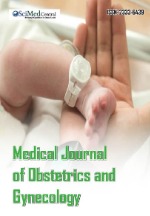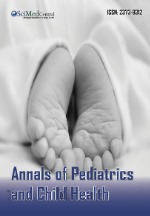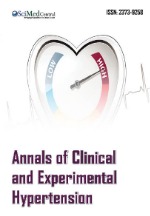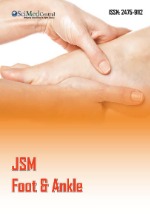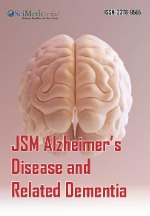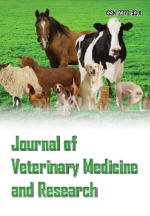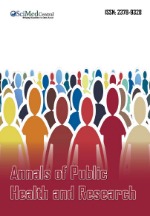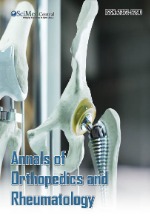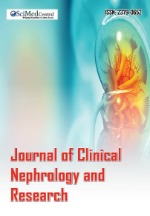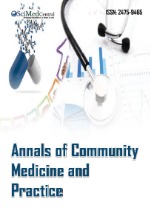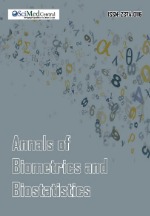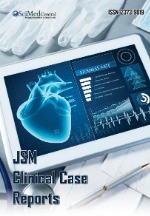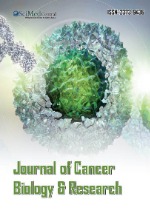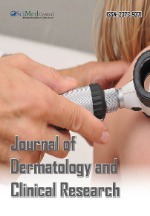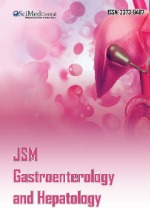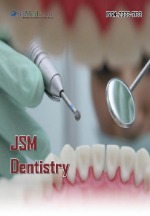Prognostic of Neoplastic Pericarditis according to Effusion Therapy: A Retrospective Study
- 1. Department of Cardiology, CHU Ibn Rochd, Morocco
Abstract
Objectives: Malignant pericardial effusion is characterized by the infiltration of cancer cells into the pericardium. It can worsen the prognosis due to its association with advanced-stage cancer and metastatic spread to the pericardium. The prognosis is further influenced by the type and stage of the underlying cancer, the response to cancer treatment, and the extent of pericardial involvement. Our aim was to examine whether the effusion’s method of therapy has an impact on the prognosis.
Methods: From 2019 to 2022, 34 patients hospitalized for neoplastic pericarditis were included in this retrospective study. They all had an anti-neoplastic treatment. We analysed the outcomes of patients who underwent pericardiocentesis versus surgical drainage, with a primary emphasis on one-year mortality rates and recurrence rates. Univariate analysis was done using the Fisher test, and a p-value <0,01 was considered significant.
Results: Among all our patients, one-year mortality was 74%, and the recurrence rate was 47%. There were higher mortality and recurrence rates at 1 year in patients who had pericardiocentesis compared to those who had surgical drainage, respectively, 80% vs. 50% and 62% vs. 0%. However, only the difference in recurrence rate was considered significant (p<0,01).
Conclusions: Surgical pericardial drainage, compared to pericardiocentesis, reduces the recurrence of neoplastic pericarditis. Further research is needed to more specifically compare the impact of all treatments on patient prognosis and to establish an individual treatment plan
KEYWORDS
- Neoplastic pericarditis
- Pericardiocentesis
- Surgical drainage
CITATION
Amri M, Elbouazizi A, Boudar A, Drighil A, Habbal R (2024) Prognostic of Neoplastic Pericarditis according to Effusion Therapy: A Retrospec- tive Study. J Cardiol Clin Res. 12(2): 1204.
ABBREVIATIONS
NP: Neoplastic Pericarditis
INTRODUCTION
Advanced malignancies most seriously show up as neoplastic pericardial effusion. It might arise as a result of radiation therapy side effects or chemotherapeutic toxicity, or the direct extension or metastatic spread of the underlying cancer. The most typical types of pericardial cancer include gastrointestinal cancer, lung and breast carcinoma, hematological malignancies, and carcinomas of the breast and lungs.
The studies are aligned on the fact that pericardial effusion is a factor in the bad prognosis of cancer, with a survival rate of 3 months or 1 year lower than cancer without effusion [1]. This difference in survival would also depend on the original cancer [2].
Management of these patients is multidisciplinary and requires teamwork, but for now, there is a need for further research. Indeed, there are no randomized controlled trials regarding optimal treatment for patients with malignant and symptomatic pericardial effusion. Clinicians and investigators continue to search for safe, flexible, and durable modes to palliate these patients while simultaneously containing costs and preserving the quality of their limited remaining life span. An individual treatment plan should be established, depending on the cancer stage, the patient’s prognosis, local availability, and experience.
For that, we decided to follow the patients who had neoplastic pericarditis (NP) and study their prognosis based on their survival and their evolution according to several parameters, particularly the treatment received for their effusion.
METHODS
It is a retrospective study that took place between 2019 and 2022 and included 34 patients hospitalized for neoplastic pericarditis.
The diagnosis of NP was made by cytological analysis of the pericardial fluid, whether the patient was already known to have neoplasia or whether it was discovered fortuitously through this effusion.
Our inclusion criteria were that the effusion be very abundant and that all these patients had received anti-neoplastic treatment (radiotherapy or chemotherapy). We excluded lost patients.
In addition to anti-neoplastic treatment, for the effusion, our patients received either pericardiocentesis or surgical drainage.
The choice of treatment depended on several criteria, on the one hand, if the neoplastic nature of the effusion was known, most of the time we used surgical drainage, on the other hand, if the neoplasia was initially unknown, the patients underwent pericardiocentesis. Similarly, in cases of tamponade, the treatment of choice was pericardiocentesis.
However, we excluded patients who died of hemodynamic instability during tamponade.
We compared the long-term prognosis of the patients according to the treatment received, by studying the recurrence of their effusion and one-year mortality.
Univariate analysis was done using Fisher test; a p value <0.01 was considered significant.
RESULTS
The median age of our patients was 50.12 years (18–78 years), and the majority were women at 58,8% against 41.2% of men.
Concerning the localization of cancers, we found in the first position breast and lung cancer at similar rates (35.3%), followed by hematological malignancies (20.6%), and finally gastrointestinal cancers (8.8%) (Figure 1).
Figure 1: Distribution of cancers according to their location in our population
15 patients, or 44%, had a metastatic location other than the pericardium.
8 (24%) patients had surgical drainage 26(76%) patients had a puncture.
One year mortality was at 74% and the recurrence rate was 47% (Table 1).
Table 1: Results of descriptive analysis (1 and 0 meaning respectively a positive and negative event )
|
Qualitative Variables |
n (%) |
|
|
TREATMENT |
PUNCTURE |
26 (76%) |
|
SURGICAL DRAINAGE |
8 (24%) |
|
|
ONE YEAR MORTALITY |
0 |
9 (26%) |
|
1 |
25 (74%) |
|
|
RECURRENCE |
0 |
18 (53%) |
|
1 |
16 (47 %) |
|
In patients who underwent surgical drainage, one- year mortality was 50% vs. 81% in those who underwent pericardiocentesis (Figure 2).
Figure 2: One year mortality according to treatment
However, univariate analysis showed that this difference was not significant (p=0,16). Regarding recurrence, it was also higher in patients who had pericardiocentesis (62%), compared to no recurrence in the drainage group, with a significant difference (p<0,01) (Figure 3 and Table 2).
Figure 3: Pericarditis recurrence according to treatment
Table 2: Results of univariable analysis using Fisher test
|
Univariable analysis By Treatment |
Treatment Puncture(n=26) |
Treatment Surgical Drainage (n=8) |
n |
p |
test |
|
One Yeaar Mortality, n |
0 5(19%) |
4 (50%) |
9 |
0.16 |
Fisher |
|
1 21 (81%) |
4 (50%) |
25 |
|
|
|
|
Recurrence, n |
0 10 (38%) |
8 (100%) |
18 |
<0.01 |
Fisher |
|
1 16 (62%) |
0(0%) |
16 |
|
|
DISCUSSION
In our cohort, the median age was lower than that of other studies of NP [3].
Contrary to other studies, particularly the German study by Christiane Kisselbach [4], with 36 women suffering from breast cancer and 40 males from lung neoplasia, or the Korean cohort [5], with a male majority, ours had a majority of women.
Concerning the distribution of neoplasia responsible for pericardial effusion, breast cancer (10–17%) and lung cancer (34–76%) were the two most frequent causes of malignant pericardial effusion in studies [6] (Figure 4 and Table 3).
Figure 4: Distribution of cancers according to studies
Table 3: Studies Characteristics
|
Country |
Study’s Author |
Year |
|
Morocco |
Our Cohort |
2019-2022 |
|
Italy |
Di Liso E et al |
2019 |
|
Korea |
Jeong TD et al |
2012 |
|
Japan |
Yonemori K et al |
2007 |
|
Germany |
Holdener EE et al |
1986 |
In literature, lung cancer has the first place, as in the study of Pawlak Cie?lik [7], at 67%. In fact, autopsy series [8], have shown that pericardial metastases are found particularly in lung cancer (35%), breast cancer (25%), lymphoma and leukemia (15%), and other malignancies such as esophageal cancer, Kaposi sarcoma, and melanoma. The only exception is the Korean study [9], where the breast had the highest incidence of pericardial involvement. The reason is that the study population included only patients with advanced-stage breast cancer, so the incidence of their pericardial involvement is not representative of all patients. In our study, lung cancer and breast cancer had similar rates, but this is due to the fact that in our population there was a majority of women compared to other studies.
The primary cancer has spread directly or metastatically. Malignant pericardial effusion can be caused by lymphatic and blood metastases (leukemia, lymphoma, Kaposi’s sarcoma, and melanoma), direct local extension to the parietal pericardium with or without visceral involvement (lung, breast, and esophageal carcinoma), or obstruction to lymphatic drainage, as seen with enlarged mediastinal lymph nodes.
The presence of a pericardial effusion of neoplastic origin is often associated with the presence of other metastatic localizations, worsening the prognosis. If in our study, only 40 % of the patients had another metastatic location, in the other studies, we found much higher rates.
In Di Liso’s study [10], 80% of patients had other sites of metastases. As in the Brazilian study [11], 96% of patients had another metastatic site. This difference can be explained by the fact that in in our cardiology department, we were not able to make an extension assessment for all the patients, some having been transferred directly to the oncology department, so there may have been more unnoticed metastatic patients.
We now reach the therapeutic analysis, which serves as our study’s goal. Few studies have compared surgical drainage and pericardiocentesis for patients with neoplastic effusion.
In most studies, neoplastic pericarditis was mostly treated by pericardiocentesis, with rates approaching ours (76% in the Spanish study [12], as well as the Brazilian study).
The procedure of aspirating pericardial fluid using a catheter is known as pericardiocentesis. Through fluid analysis, it can be used to diagnose patients with pericarditis with pericardial effusion, pericardial effusion with pericardial tamponade, and effusive-constrictive pericarditis. It can also be used to treat patients with hemodynamic compromises. The most successful treatment for symptomatic neoplastic pericardial effusions described in literature [13], has been surgical drainage. Before performing surgery, the patient’s prognosis and expected lifespan must be taken into account. Palliation may be achieved by opening a passageway for fluid to drain into a different resorptive compartment, such as the pleura, peritoneum, or preperitoneal subcutaneous space.
A nonsurgical option for treating pericardial effusion that we did not include is percutaneous balloon pericardiotomy. It is especially helpful for critically ill patients with advanced cancer who have limited options for properly managing malignant pericardial disease during their survival.
If pericardial fluid returns after primary pericardiocentesis, percutaneous balloon pericardiotomy should be taken into consideration. It has been demonstrated that subxyphoid pericardiotomy with a percutaneous balloon pericardial window results in immediate symptom alleviation and local recurrence prevention.
Other treatments, such as sclerosing agents, particularly tetracycline, have been the subject of study [14]. Numerous other substances, including radionuclides, bleomycin, cisplatin, fluorouracil, teniposide, thiotepa, and mitomycin C, have also been investigated. According to European Society of Cardiology recommendations, level of evidence B, class I indication, systemic antineoplastic treatment as initial therapy can prevent recurrences in as many as 67% of patients [15]. A limitation of our study would be that it only compared two types of treatment: pericardiocentesis and surgical drainage which are the most commonly used techniques in our service.
Numerous investigations have demonstrated that neoplastic pericarditis has a bad prognosis.
In 2012, the Korean study [16], found that patients’ prognoses were often worse for those with pericardial involvement in their malignant diseases than for those without such involvement.
In the Danish study [17], one-year survival was significantly lower in cancer patients with pericarditis compared to those without effusion. When we compare the prognosis of effusions of neoplastic origin to effusions from other sources, the same holds true. That is what the Turkish study [18], showed in 2023: survival in patients with malignancy and positive cytology was significantly worse compared to the group without malignancy. In our cohort, one-year mortality was indeed high at 76%. It was respectively 72% and 86% in Japan and in Burazor’s review [17,18].
There are very few studies comparing one-year mortality between pericardiocentesis and surgical drainage in this type of population. In our cohort, pericardiocentesis was associated with a worse prognosis than surgical drainage, but the difference was not statistically significant. Patients that underwent pericardiocentesis in the Croatian study, died at a rate that was far higher than that of those around them. However, it was not specified what exact treatment the other patients received.
Regarding prognosis based on recurrence rate, malignant effusions are usually a marker of advanced malignancy. Thus, recurrence is a major issue.
In the Mayo Clinic cohort, recurrence and survival of patients with malignant pericardial effusion were dependent on the type of primary cancer and the response to chemotherapy. Our cohort showed that pericardiocentesis had a significantly higher recurrence rate than surgical drainage. In fact, pericardiocentesis alone is inadequate for long-term palliation, with recurrence rates as high as 90% within 90 days. This is in accordance with the recommendations of the European Society of Cardiology of 2015: “Extended pericardial drainage is recommended in patients with suspected or definite neoplastic pericardial effusion in order to prevent effusion recurrence and provide intrapericardial therapy”(I, B).
Extended drainage, pericardial window (surgical or percutaneous balloon pericardiostomy), sclerosing local therapy, local and/or systemic chemotherapy, and radiation therapy (RT) (external or with intrapericardial radionuclides) are some of the methods that have been suggested for the long- term prevention of recurrences. The numerous reports on the subject make it difficult to compare the effectiveness of these techniques because the diagnosis is frequently ill-defined (for example, a large pericardial effusion in a patient with cancer may be labeled “malignant” even without confirmation by cytology or neoplastic markers, as was discussed above). Thus, the choice of the best treatment concerning the long-term prognosis depends on several factors and must be individualized according to the patient and his type of cancer.
Our cohort was limited to two treatments associated with oncological treatment. Further research is needed to more specifically compare the impact of all treatments on patient prognosis.
CONCLUSIONS
Our cohort study has provided valuable insights into the management of neoplastic pericarditis, highlighting the potential benefits of surgical pericardial drainage over pericardiocentesis in reducing recurrence. This finding underscores the significance of exploring more tailored and effective treatments for cancer patients experiencing pericardial effusion. However, it is important to recognize that the complexities of individual cases and the diverse nature of cancer types warrant further investigation. Continued research in this field is essential to refine our understanding of the optimal treatment strategies, taking into account factors such as cancer subtype, patient characteristics, and associated comorbidities. By pursuing additional studies, we can pave the way for the development of personalized therapeutic approaches that ensure better outcomes for patients with neoplastic pericarditis.
REFERENCES
- Burazor I, Imazio M, Markel G, Adler Y. Malignant pericardial effusion. Int J Cardiovasc Med. 2013; 124: 224-232.
- Refaat MM, Katz WE. Neoplastic pericardial effusion. Clin Cardiol. 2011; 34: 593-598.
- Di Liso E. Neoplastic Pericardial Effusion: A Monocentric Retrospective Study. J Palliat Med. 2019; 22: 691-695.
- Kisselbach C, Ristic AD, Pankuweit S. Women and pericardial neoplastic manifestations of the heart and pericardium. Herz. 2005; 30: 409-415.
- Jeong TD, Jang S, Park CJ. Prognostic relevance of pericardial effusion in patients with malignant diseases. Korean J Hematol. 2012; 47: 237- 238.
- Pawlak Cie?lik A, Szturmowicz M, Fija?kowska A. Diagnosis of malignant pericarditis: a single centre experience. Kardiol Pol. 2012; 70: 1147-1153.
- Hanfling SM. Metastatic cancer to the heart: review of the literature and report of 127 cases. Circulation. 1960; 22: 474-483.
- Helena Nogueira, Fernandes F, Lanni BM, Arteaga E, Gutierrez PS, Pego Fernandes P, et al. Neoplastic pericardial disease. Analysis of 26 patients. Arquivos Brasileiros de Cardiologia. 1999; 72: 51-58.
- García Vázquez E. Cardiac tamponade as clinical manifestation of neoplastic process: presentation of 11 cases and review of the literature An. Med Interna. 2000; 17: 25-28.
- Martinoni A, Cipolla CM, Cardinale D. Long-term results of intrapericardial chemotherapeutic treatment of malignant pericardial effusions with thiotepa. Chest. 2004; 126: 1412-1416.
- Buck M, Ingle JN, Guilani ER. Pericardial effusion in women with breast cancer. Cancer. 1987; 60: 263-271.
- Søgaard KK, Farkas DK, Ehrenstein V. Pericarditis as a Marker of Occult Cancer and a Prognostic Factor for Cancer Mortality. Circulation. 2017; 136: 996-1006.
- Sezenöz B, Uyar Göçün FP, K?z?ltunç E. The Prognostic Impact of Pericardial Fluid Cytology in Malignant Pericardial Effusion. Anatol J Cardiol. 2023; 27: 41-46.
- Yonemori K, Kunitoh H, Tsuta K. Prognostic factors for malignant pericardial effusion treated by pericardial drainage in solid- malignancy patients. Med Oncol. 2007; 24: 425-430.
- Matetic A, Ky B, Yang EH. Prevalence, characteristics and mortality of cancer patients undergoing pericardiocentesis in the United States between 2004 and 2017. Cancer Med. 2023; 12: 5471-5484.
- Tsang TS, Seward JB, Barnes ME. Outcomes of primary and secondary treatment of pericardial effusion in patients with malignancy. Mayo Clin Proc. 2000; 75: 248-253.
- Celermajer DS, Boyer MJ, Bailey BP. Pericardiocentesis for symptomatic malignant pericardial effusion: a study of 36 patients. Med J Aust. 1991; 154: 19-22.
- Holdener EE, Ryser DH, Schaermeli K. Malignant pericardial effusion--a sign of unfavorable prognosis? Schweiz Med Wochenschr. 1986; 116: 366-370.






